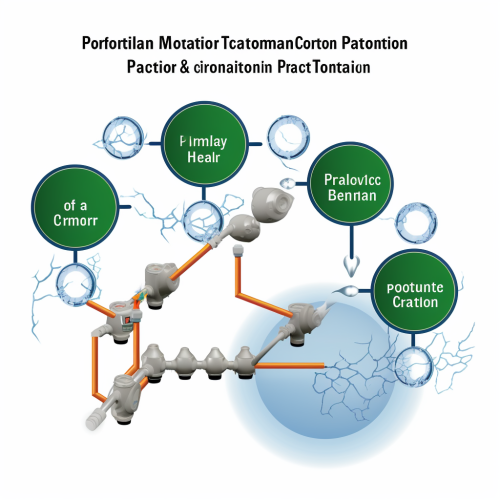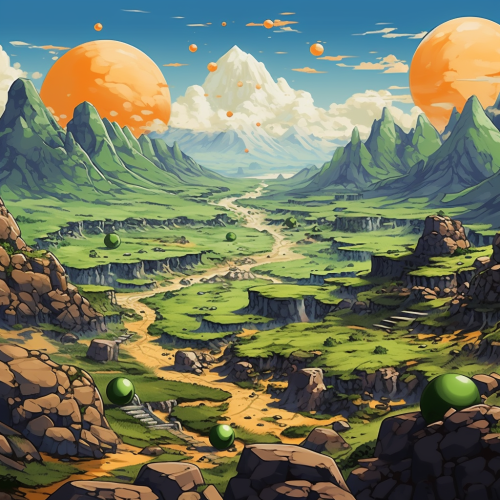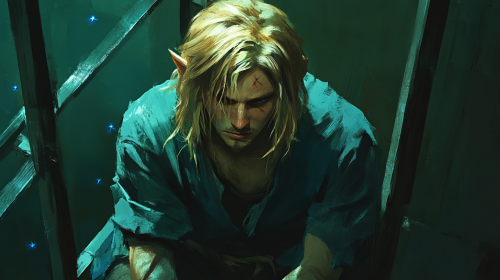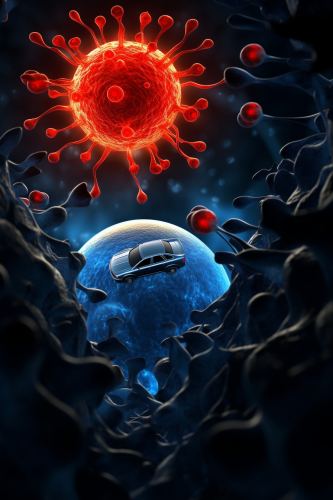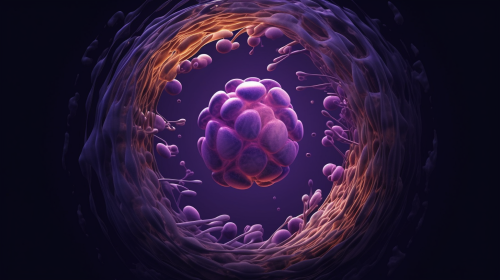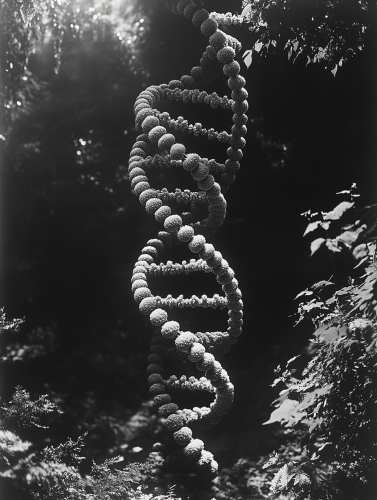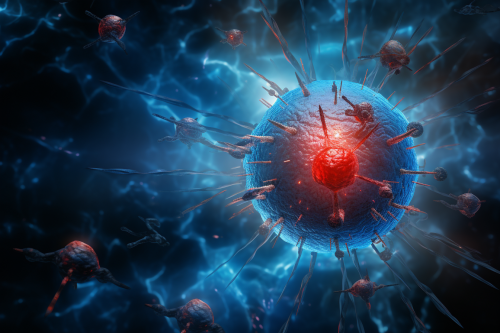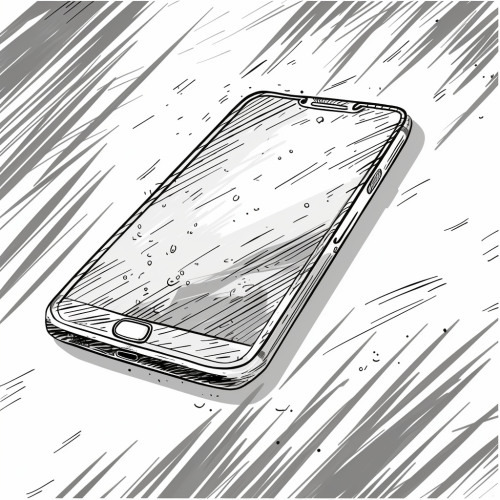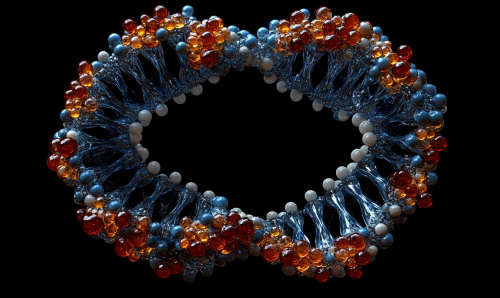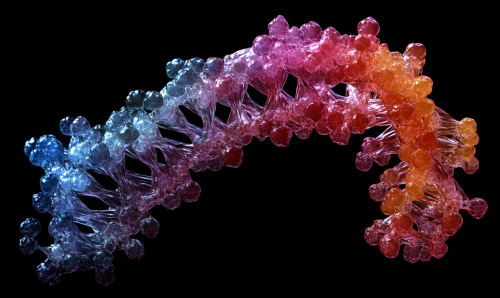Cell Membrane Structure Diagram
Prompt
License
Free to use with a link to 2moonsai.com
Similar Images
Durable CO2 conversion in the proton-exchange membrane system, Carbon dioxide (CO2) electrolysis holds great promise for a sustainable and carbon-neutral future, proton-exchange membrane 33 (PEM) system using recycled lead (r-Pb) catalyst, derived from waste lead-acid batteries
A lot of Cell Jrs from DBZ. The background is the mountain where they fight in the anime, in the drawing style of Akira Toriyama
wounded full body Link in Breath of the Wild, imprisoned in dark and cold jails, with long blond and disheveled hair, vulnerable position, worried face, asian eyes, light and damaged, dirty shirt, a few small blue fireflies around him, cinematic, realistic --ar 16:9 --v 6.1
Photorealistic image of working CAR-T cell therapy. A blue T cell bind over a synapse with receptors to a grey cancer Tumor cell. The synapse glows in red --ar 2:3
The DNA double helix resembles a twisted ladder or spiral staircase. It is composed of two long strands that coil around each other, each strand made of repeating units called nucleotides. These nucleotides consist of a sugar molecule, a phosphate group, and one of four types of nitrogen bases: adenine (A), thymine (T), cytosine (C), and guanine (G). The two strands are connected by these bases, which pair together in specific ways: adenine with thymine, and cytosine with guanine, forming the rungs of the ladder. The sugar and phosphate groups of each nucleotide form the backbone of the DNA, creating the sides of the ladder. This structure twists into its characteristic helical shape due to chemical bonding forces between the components, allowing DNA to compactly store the genetic information in cells. --ar 4:3 --stylize 750 --v 6.1
The DNA double helix resembles a twisted ladder or spiral staircase. It is composed of two long strands that coil around each other, each strand made of repeating units called nucleotides. These nucleotides consist of a sugar molecule, a phosphate group, and one of four types of nitrogen bases: adenine (A), thymine (T), cytosine (C), and guanine (G). The two strands are connected by these bases, which pair together in specific ways: adenine with thymine, and cytosine with guanine, forming the rungs of the ladder. The sugar and phosphate groups of each nucleotide form the backbone of the DNA, creating the sides of the ladder. This structure twists into its characteristic helical shape due to chemical bonding forces between the components, allowing DNA to compactly store the genetic information in cells. --ar 3:4 --stylize 750 --v 6.1
line art for a photography website landing page. The line art is of a cell phone
The DNA double helix resembles a twisted ladder or spiral staircase. It is composed of two long strands that coil around each other, each strand made of repeating units called nucleotides. These nucleotides consist of a sugar molecule, a phosphate group, and one of four types of nitrogen bases: adenine (A), thymine (T), cytosine (C), and guanine (G). The two strands are connected by these bases, which pair together in specific ways: adenine with thymine, and cytosine with guanine, forming the rungs of the ladder. The sugar and phosphate groups of each nucleotide form the backbone of the DNA, creating the sides of the ladder. This structure twists into its characteristic helical shape due to chemical bonding forces between the components, allowing DNA to compactly store the genetic information in cells. --ar 5:3 --stylize 750 --v 6.1
the DNA double helix, where two intertwining strands spiral elegantly around each other, forming a structure akin to a twisted ladder. Each strand consists of a sugar-phosphate backbone, from which pairs of nitrogenous bases extend inward, meeting in the middle like the steps of a ladder. These bases--adenine paired with thymine and cytosine paired with guanine--are matched through hydrogen bonds, creating a pattern of rungs. The entire helical structure coils gracefully, embodying both the complexity and beauty of genetic coding. The image vividly captures the intricate interplay of biological design, with a focus on clarity and scientific accuracy. --ar 5:3 --stylize 750 --v 6.1

View Limit Reached
Upgrade for premium prompts, full browsing, unlimited bookmarks, and more.
Get Premium
Limit Reached
Upgrade for premium prompts, full browsing, unlimited bookmarks, and more. Create up to 2000 AI images and download up to 3000 monthly
Get Premium
Become a member
Sign up to download HD images, copy & bookmark prompts.
It's absolutely FREE
 Login or Signup with Google
Login or Signup with Google

Become a member
Sign up to download HD images, copy & bookmark prompts.
It's absolutely FREE
 Login or Signup with Google
Login or Signup with Google

Limit Reached
Upgrade for premium prompts, full browsing, unlimited bookmarks, and more.
Get Premium












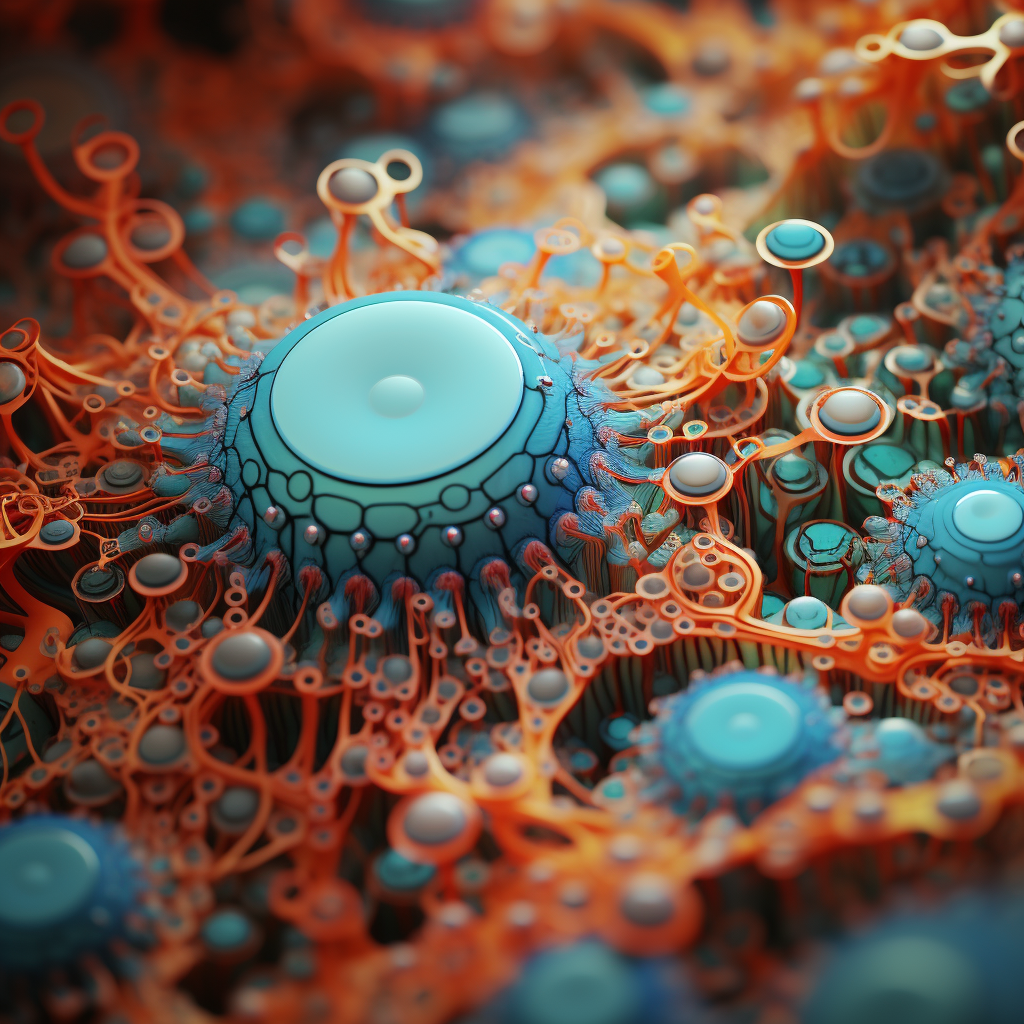











 Download Image (SD)
Download Image (SD)
 Download Image (HD)
Download Image (HD)







